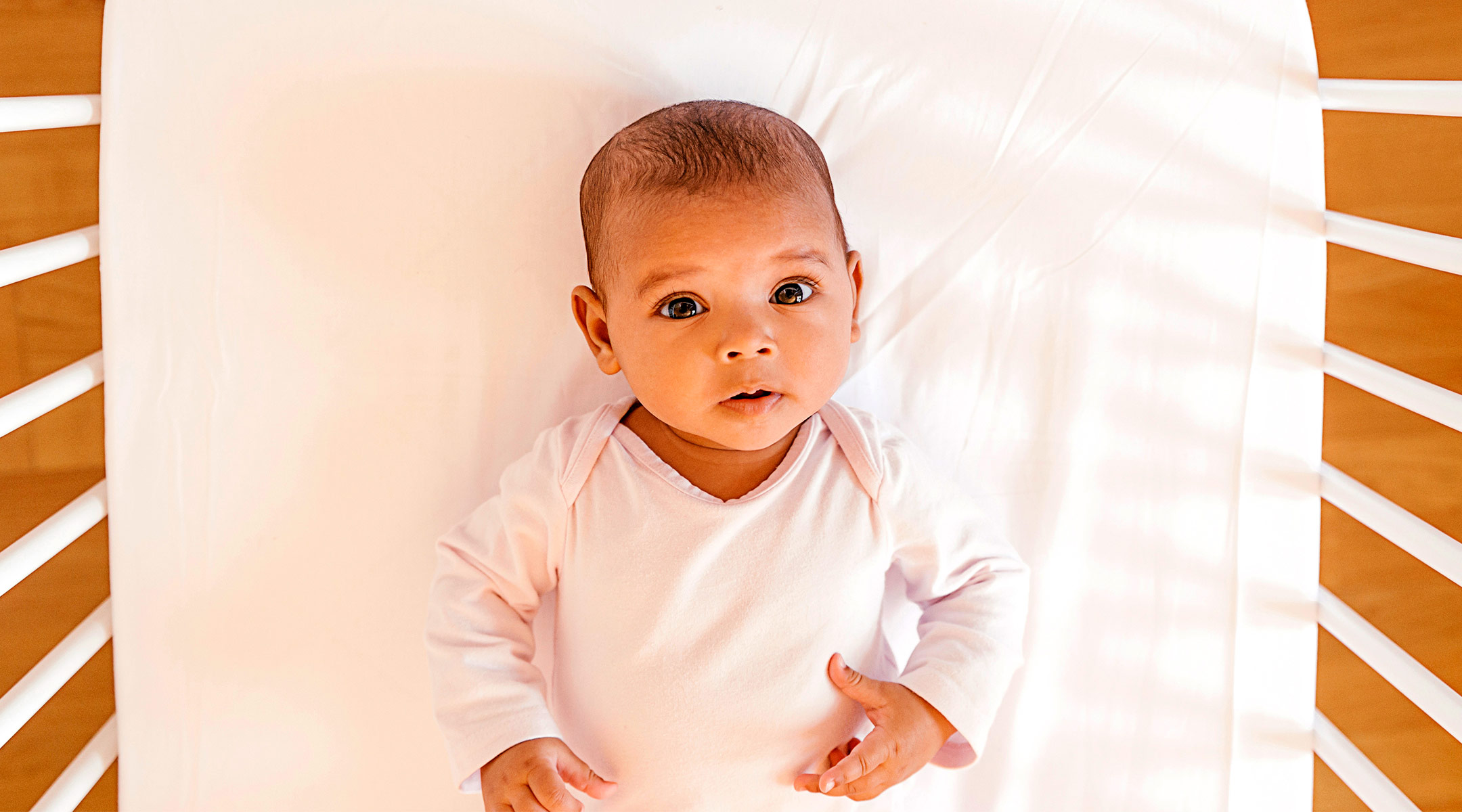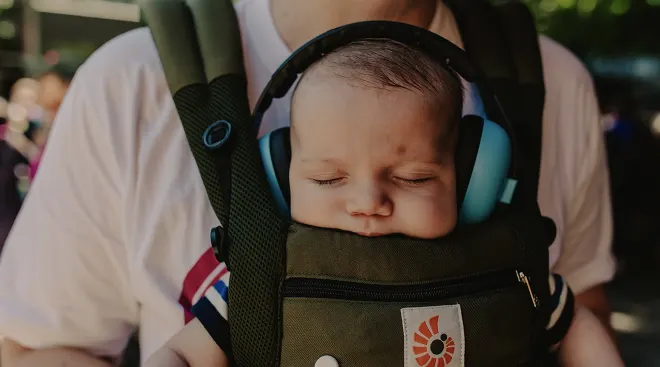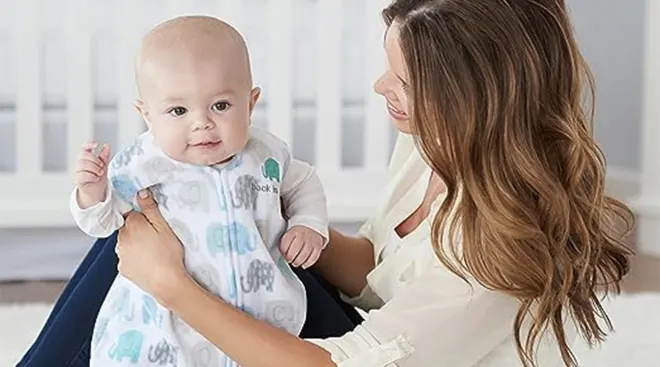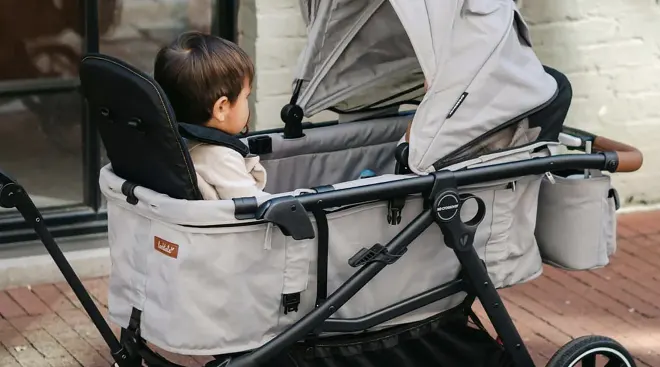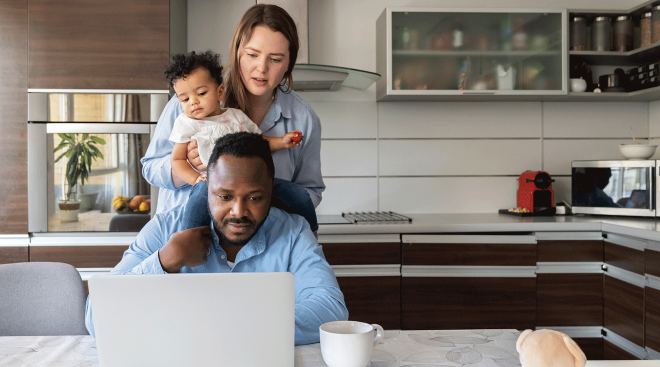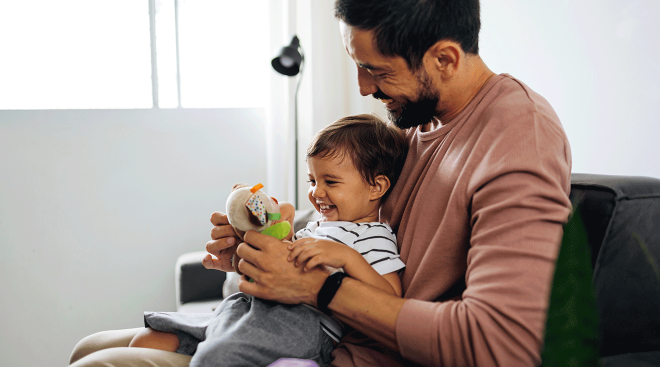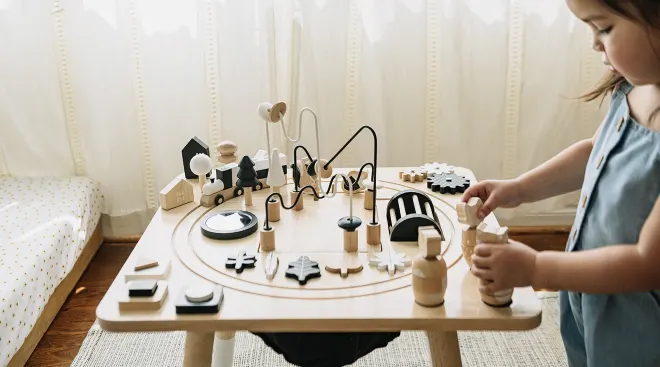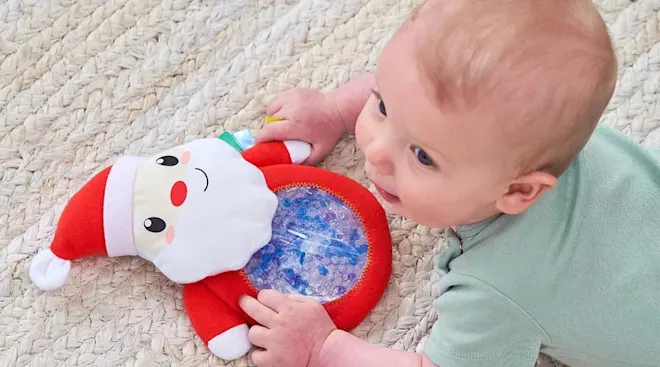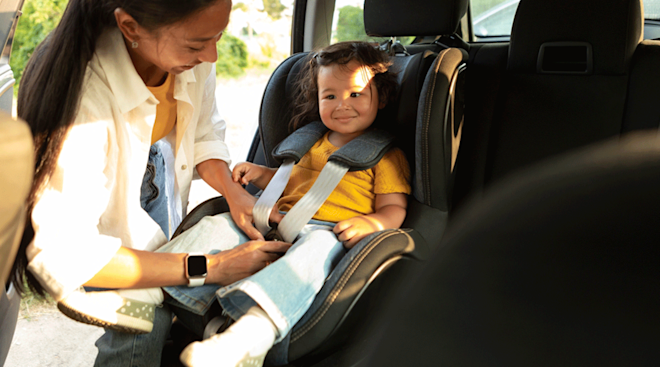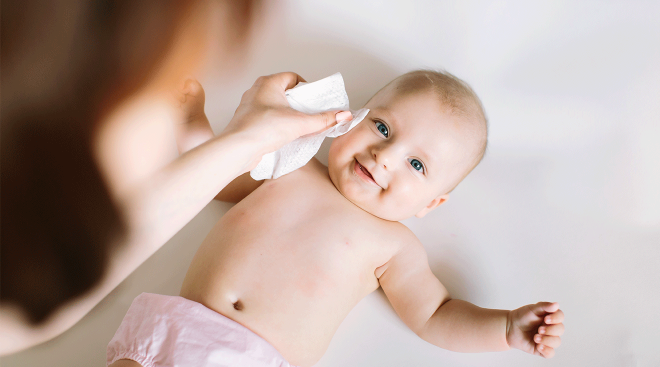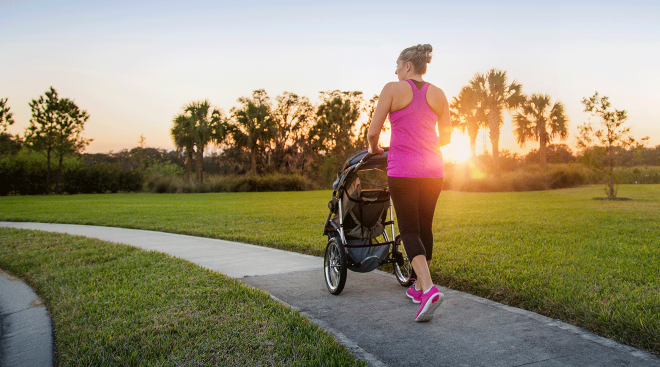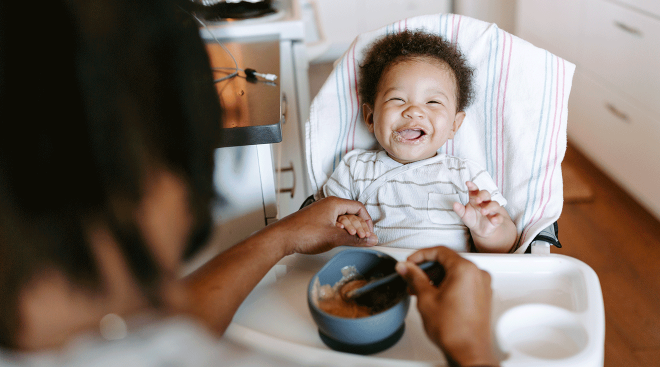Just How Safe Are Smart Baby Monitors?
Baby gates, outlet covers, the best car seat your money can buy—when it comes to your child’s safety, you’re ready to pull out all the stops. And for today’s new moms and dads, there is another product you can add to your stay-safe toolbox: smart baby monitors. These gadgets use high-tech features to provide extra reassurance that everything’s okay while your child sleeps in their crib, and can even go so far as to keep tabs on their vital signs. But alongside the benefits, experts warn that smart baby monitors can come with certain risks. Before you add a smart baby monitor to your registry, read on to learn more about the pros and cons and how to use these devices safely.
Baby monitors have come a long way since the audio-only option your parents likely used when you were an infant. Many of today’s smart baby monitors are Wi-Fi enabled, letting you keep an eye on your child from your phone, tablet or computer, whether you’re at home, at the office or out on a date night. Wearable baby monitors, which baby can wear as a sock, wristband or a diaper clip, go one step further and monitor baby’s vitals to scan for any signs of trouble. Overall, smart baby monitors tend to be loaded with features intended to make life easier for exhausted and overwhelmed new moms and dads while helping to keep baby safe. These include:
• Video. You don’t need to leave your bed in the middle of the night for visual confirmation that your child is safe and sound thanks to hi-definition video.
• Infrared cameras. Night vision cameras help ensure a clear video image even in dim or dark conditions.
• Two-way communication. Parents can talk—or sing lullabies!—to their baby via the built-in intercom.
• Temperature and humidity detection. Parents can find out how their baby’s room environment influences their sleep, and will be alerted if the temperature becomes too hot or cold.
• Noise and movement alerts. Smart baby monitors let you know when your child is crying or tossing and turning. You can even customize these alerts so you aren’t woken up by every peep (you can set the alert to go off after three minutes of crying, for example.)
• Sleep tracking. You can find out how many hours of shut-eye your baby is getting and learn their unique sleep patterns.
• Vitals monitoring. Certain wearable baby monitors can also track babies’ vital signs, like heart rate, oxygen levels and breathing, and then alert you to anything concerning.
Smart baby monitors aren’t cheap. They generally start around $100 and can easily cost a few hundred dollars. But for parents who would pay anything for more sleep, the devices can be well worth the cost. That’s because smart baby monitors can help you rest easy knowing you’ll be alerted if your child is upset, uncomfortable or in distress, allowing you to get that coveted shut-eye.
The convenience factor is also a big sell for new parents. Being able to visually monitor baby while getting in some work, preparing dinner or exercising lets you multitask like a pro. Many smart baby monitors even give you the option to send data directly to your child’s pediatrician, so you can discuss any concerns about baby’s sleep.
Like many connected devices, one risk of using a Wi-Fi powered smart baby monitor is the possibility that it can be hacked, allowing a stranger to listen or watch in through the system, says Tiffany Schoenike, the chief operating officer at the National Cyber Security Alliance. And it’s not just theoretical—a number of families have had terrifying experiences hearing a stranger’s voice coming from their baby monitor. But there are ways to reduce that risk.
First, do some research before purchasing a monitor. Better-known brands tend to have improved security since they invest more in cyber security, says Schoenike. Next—and this is important—be sure to change the default password to a stronger password so the monitor is harder to hack. Finally, keep the device updated. “These updates often provide security updates when vulnerabilities are found,” says Schoenike.
In addition to security risks, experts worry about the accuracy of wearable baby monitors in particular. Many parents love the concept of a device that monitors baby’s breathing and heart rate in hopes of preventing Sudden Infant Death Syndrome (SIDS), but in fact there’s no data suggesting that they really do. A study from the Children’s Hospital of Philadelphia, published in the Journal of the American Medical Association, found that these baby monitors, which are not regulated by the FDA, can be inconsistent in their readings. Not only did researchers find that the monitors aren’t reliable in detecting low oxygen and heart rate levels, but the devices also gave false alarms when levels were normal.
“Parents may decide to wait to get care for an ill infant if the numbers on the monitor look okay,” says Daria Ferro, MD, co-author of the study and an attending physician in the division of general pediatrics at Children’s Hospital of Philadelphia. “This is worrisome because parents might get a false sense of reassurance from the device when their baby is sick.” Another concern: Parents may act on false alarms, leading to unnecessary doctor and ER visits, uncomfortable testing for baby and a large dose of stress for everyone involved.
To underline this risk, the American Academy of Pediatrics doesn’t recommend using baby monitors that track breathing or heart rate, stating that they provide little or no protection against SIDS and instead cause unnecessary worry. If baby really needs to be monitored for health concerns, experts recommend using an FDA-approved device, which would have had to go through a lengthy approval process proving that they’re safe and effective.
The bottom line: Smart baby monitors can help parents win back much-needed sleep while making keeping tabs on baby easier and more conducive to a smart phone-centric lifestyle. But no matter what baby monitor you decide to go with, it’s important to take steps that are proven to reduce the risk of SIDS, including putting your baby to sleep on their back and keeping pillows, blankets and stuffed toys out of the crib.
Published October 2019
Plus, more from The Bump:
Navigate forward to interact with the calendar and select a date. Press the question mark key to get the keyboard shortcuts for changing dates.
































